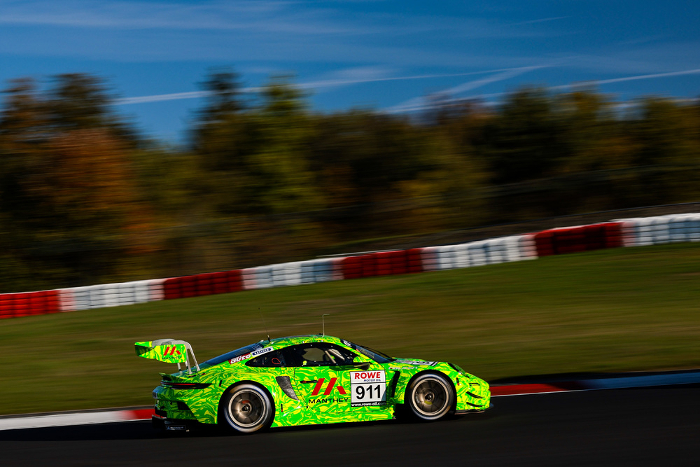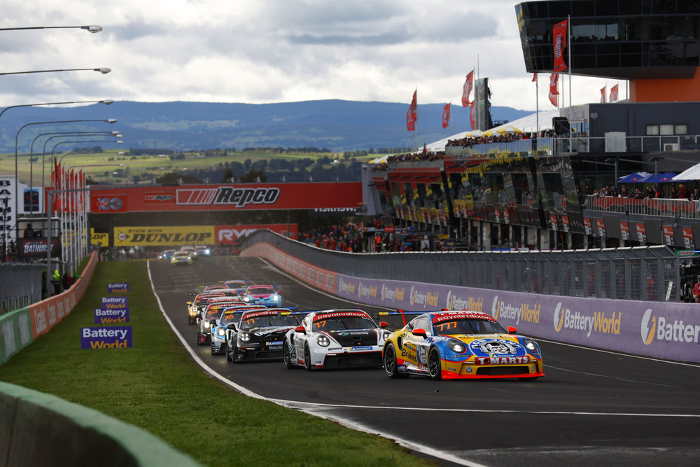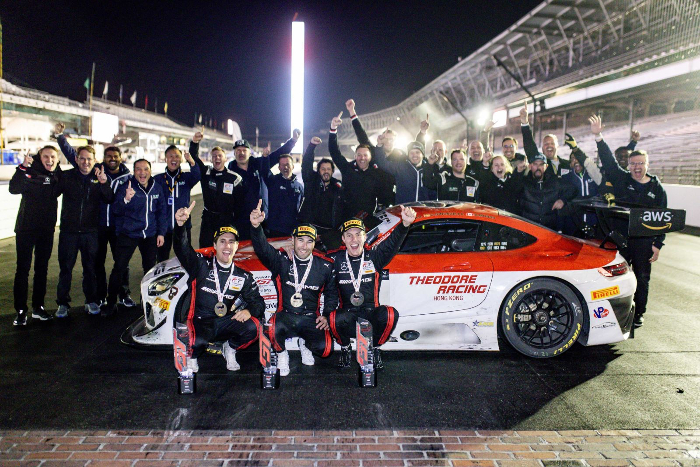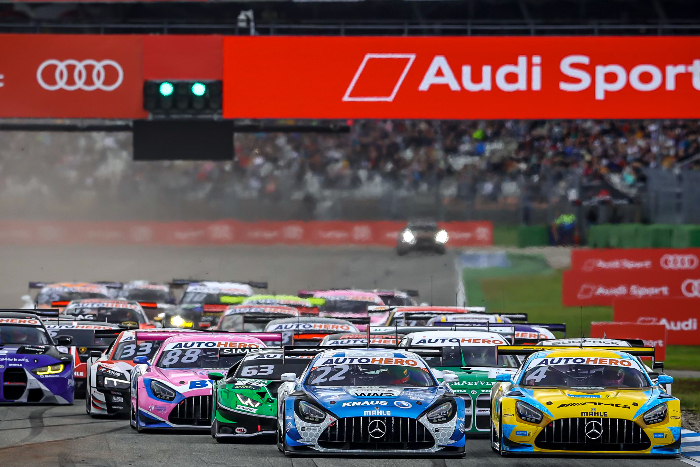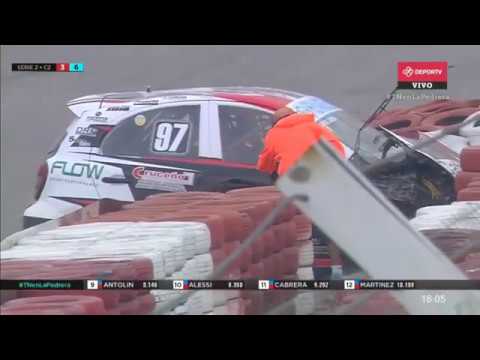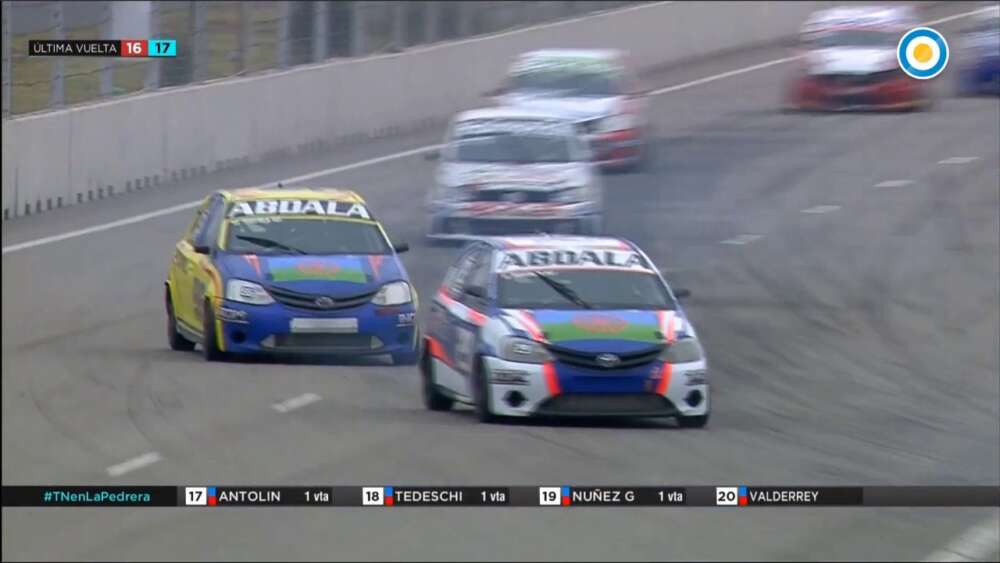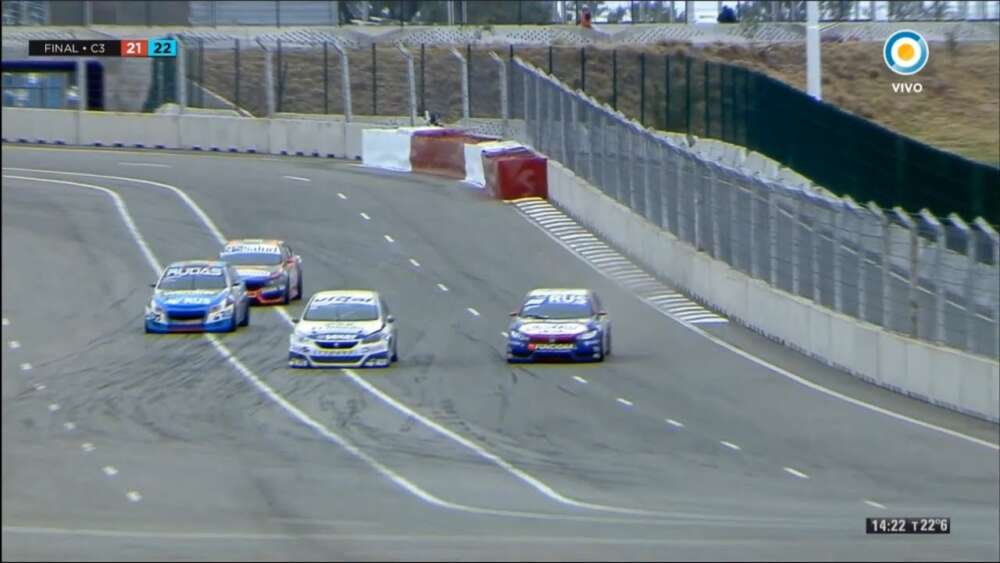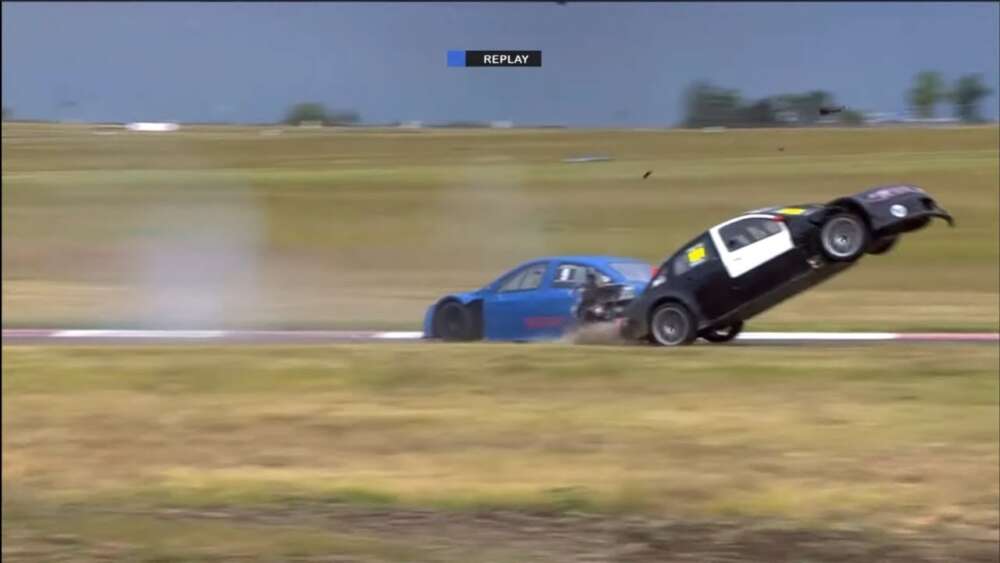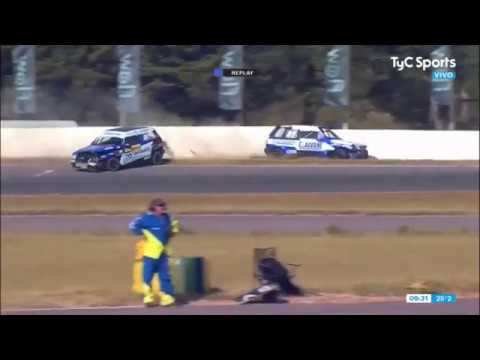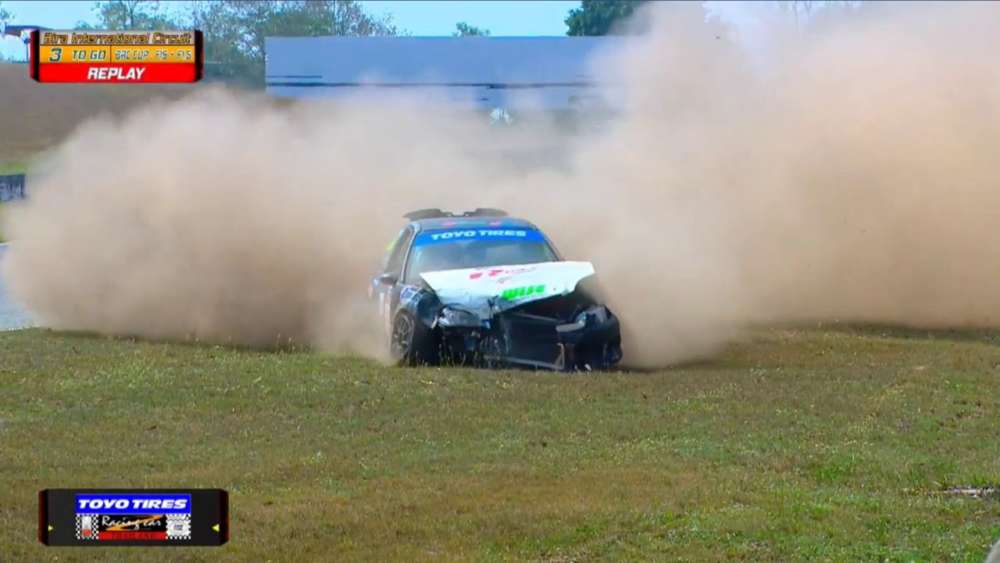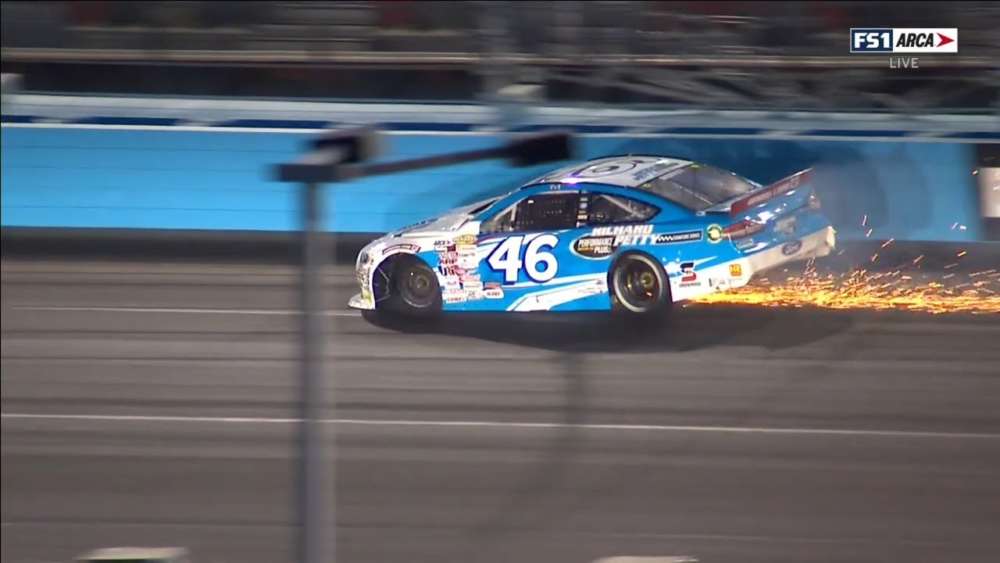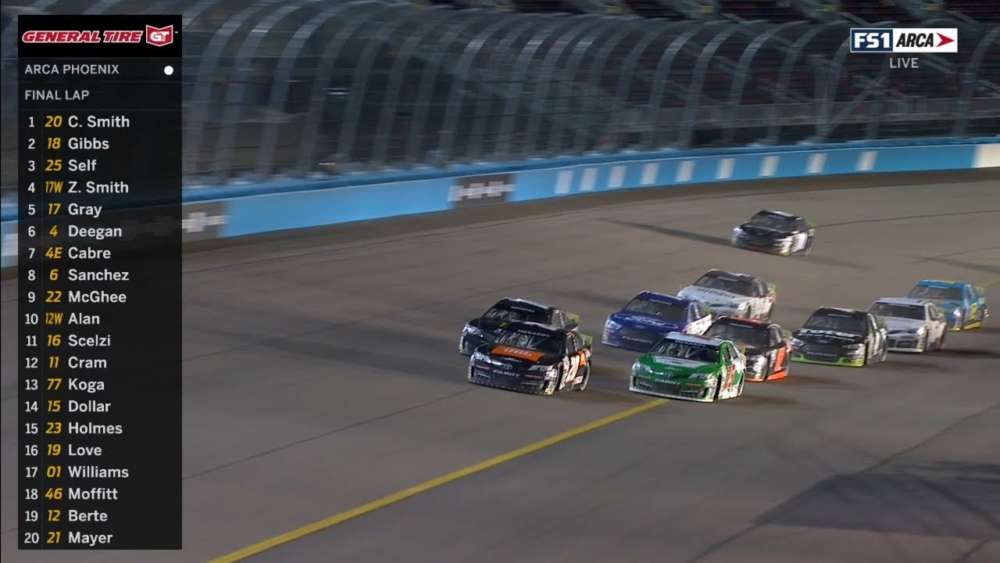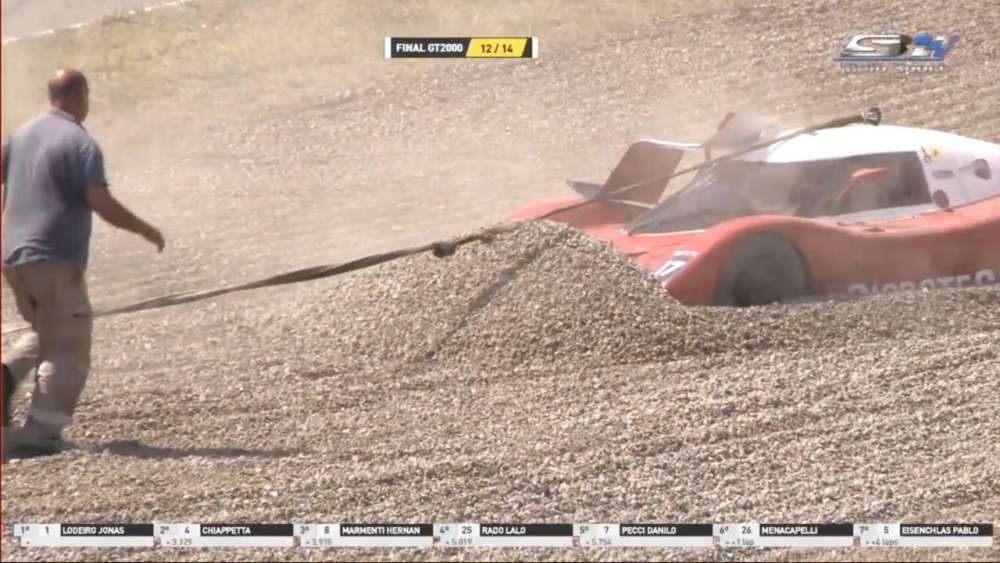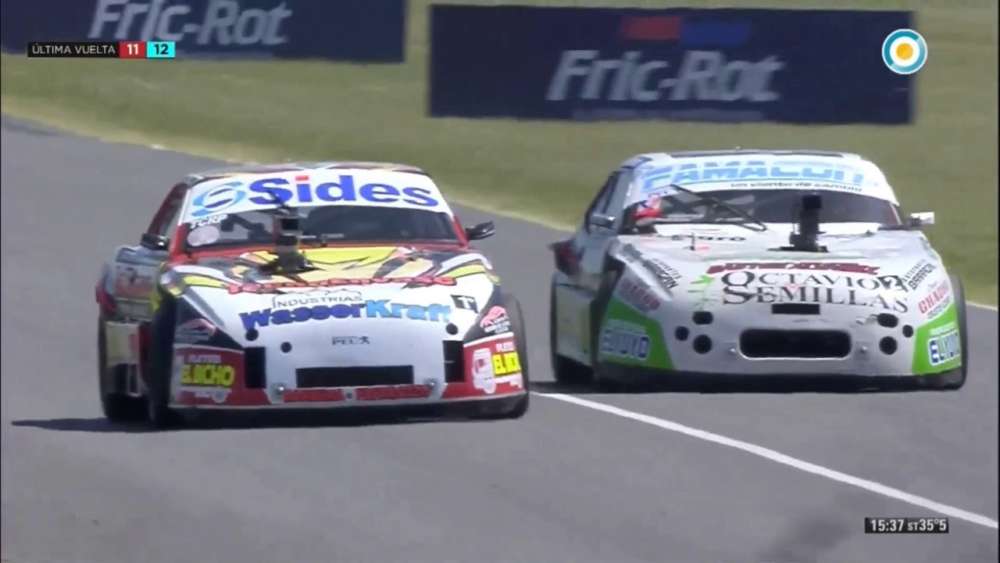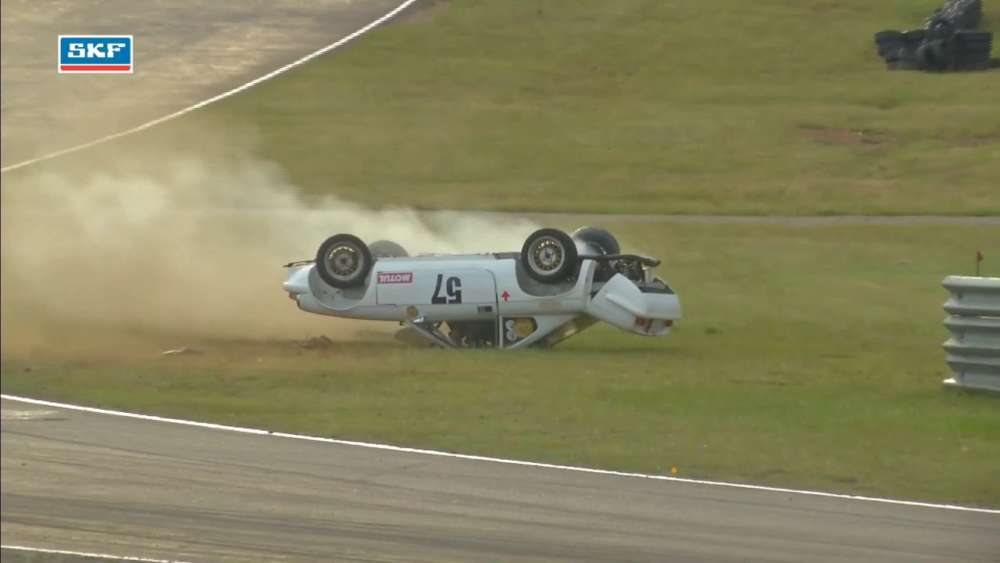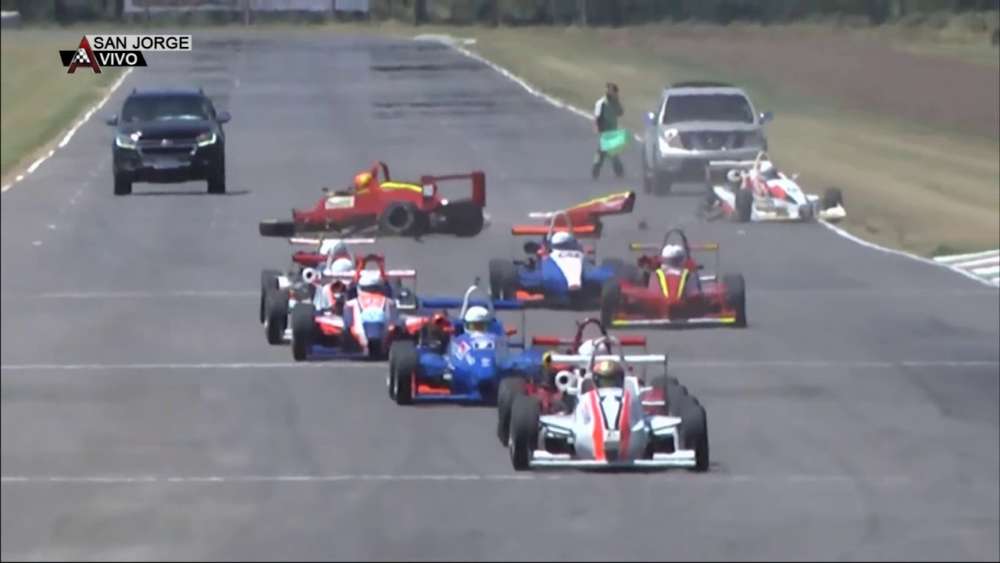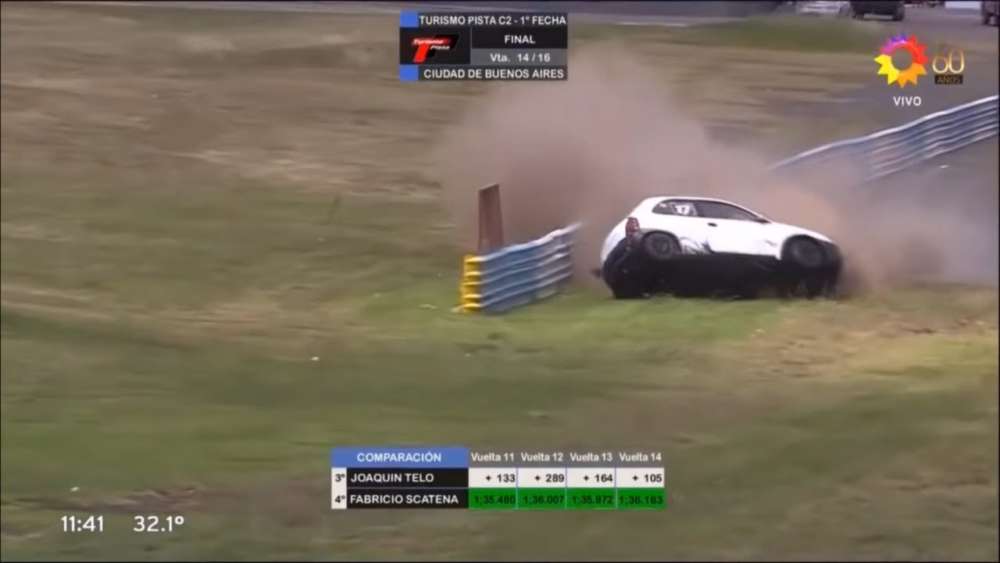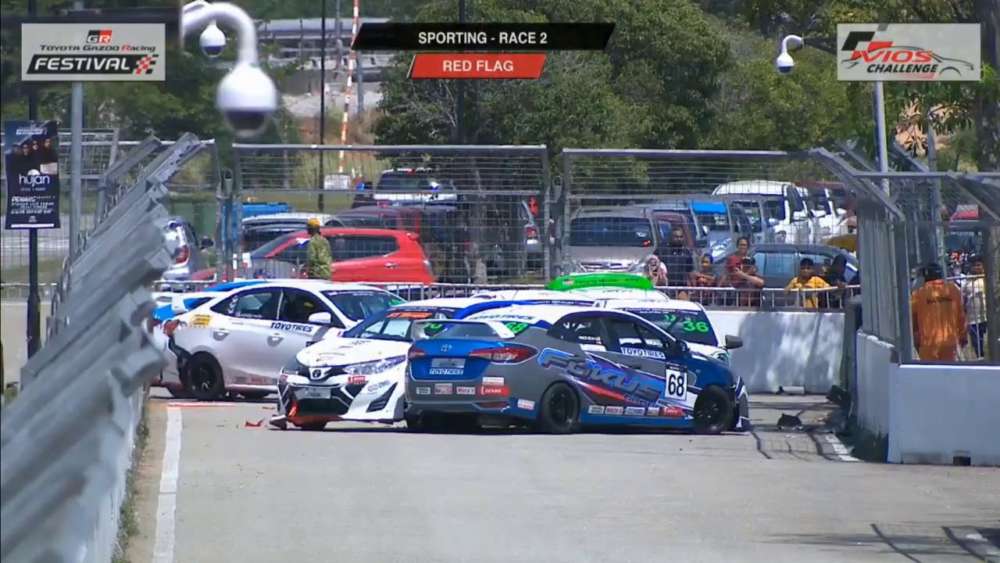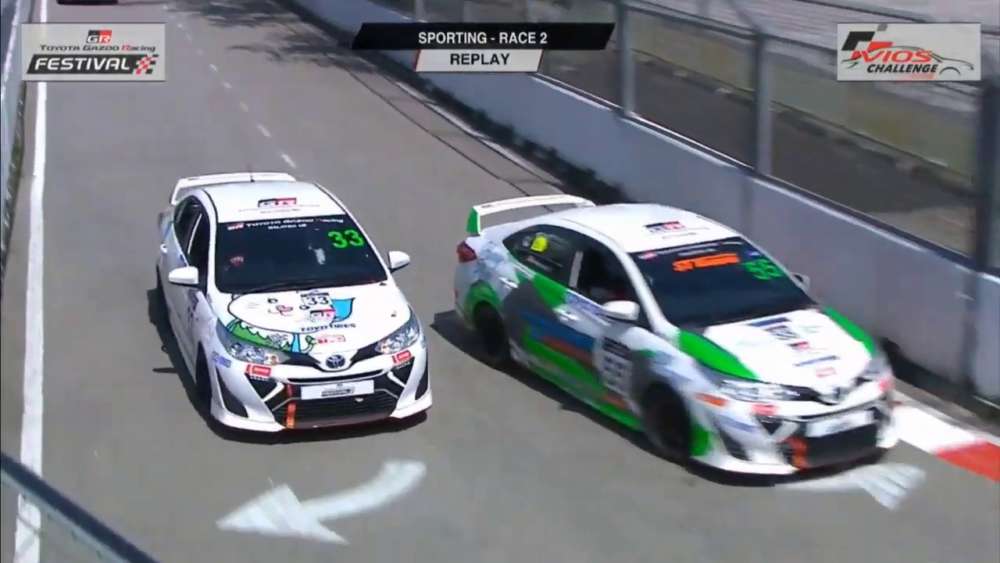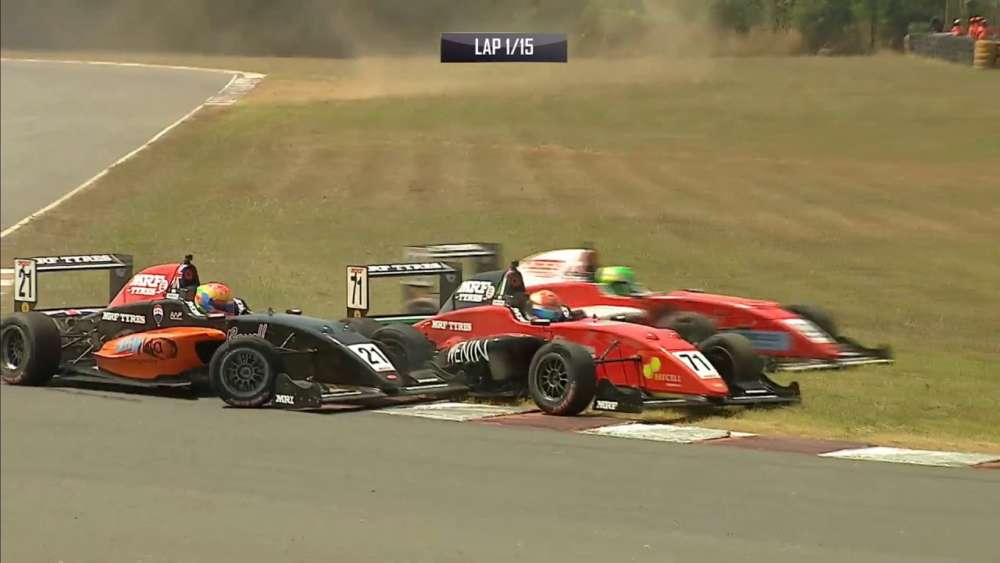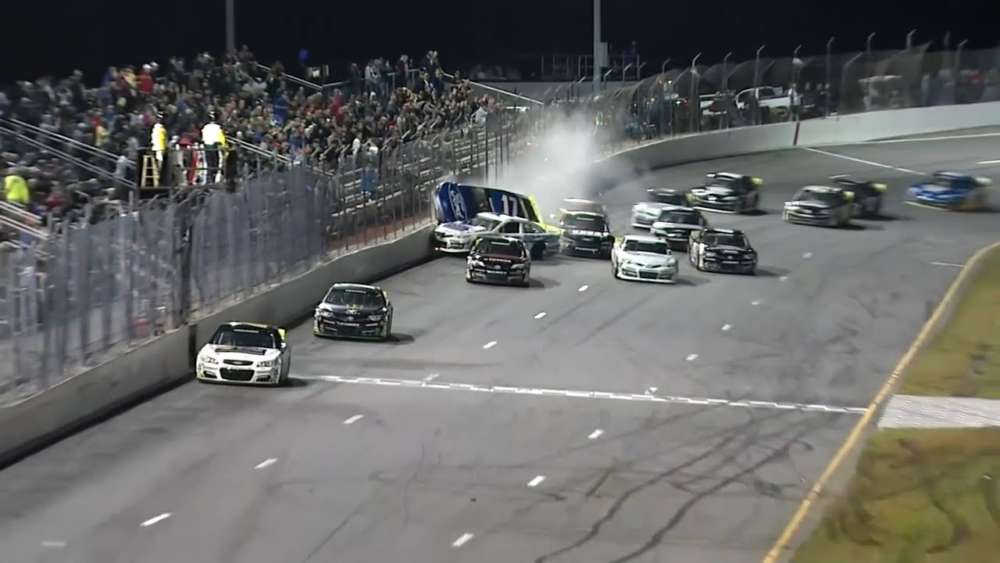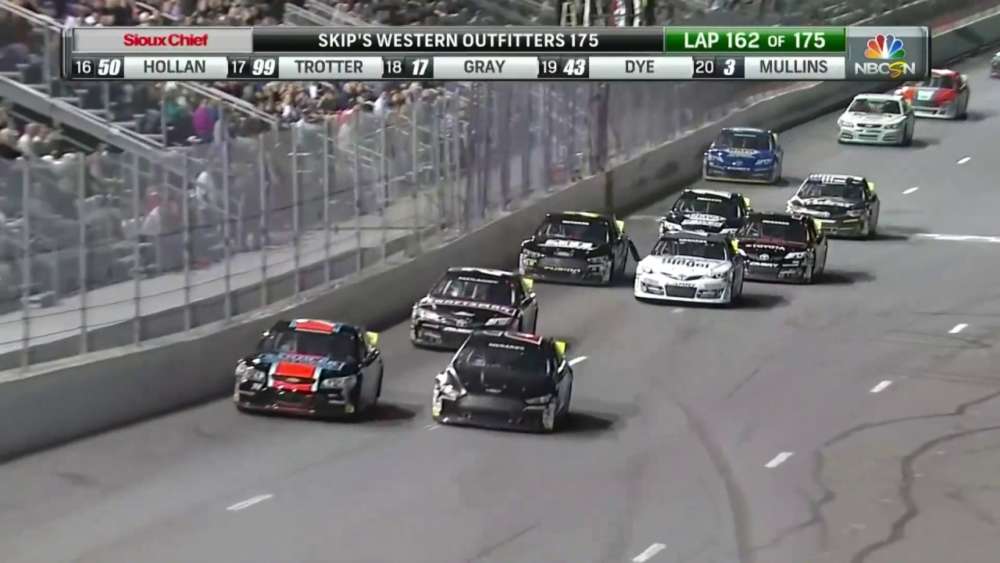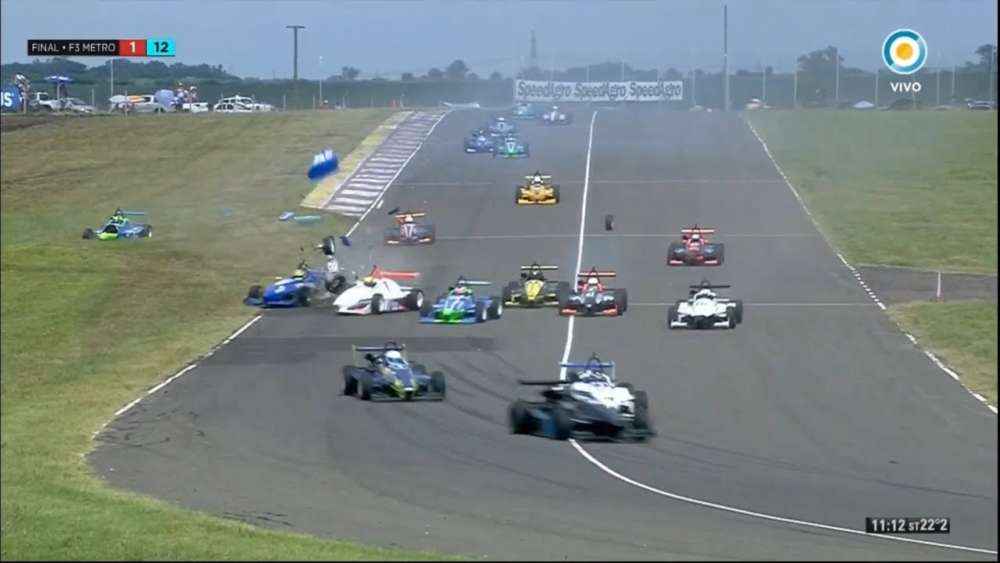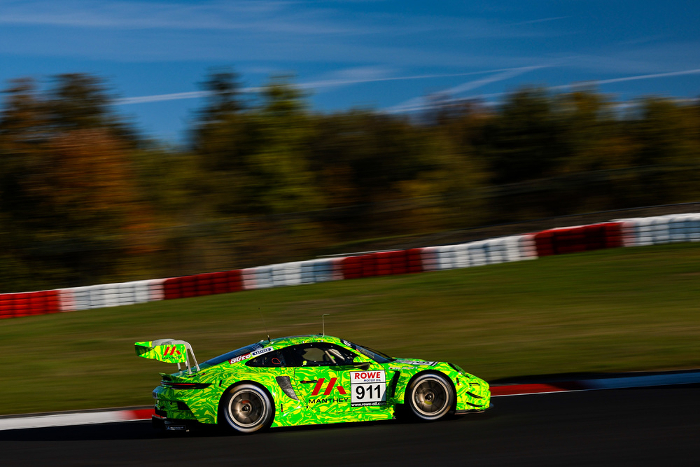
Frédéric Makowiecki and Julien Andlauer have finished on the podium at the first trial run of the newly developed Porsche 911 GT3 R. The two Frenchmen achieved third place at round seven of the Nürburgring Endurance Series. The new 911 GT3 R is the second racing car from Porsche based on the 992 generation.
The latest generation Porsche 911 GT3 R has clocked up its first race kilometres problem-free. On Saturday, the new challenger for GT3 series around the world tackled round seven of the Nürburgring Endurance Series (NLS) in the SP-X class. This category is reserved for vehicles that have not yet been homologated for motorsport. The ca. 416 kW (565 PS) rear-engine racer shod with Michelin racing tyres finished third in the overall standings. Frédéric Makowiecki turned the fastest lap on the 24.458-kilometre combination of the Nordschleife and the short version of the Grand Prix circuit in 7:58.942 minutes. The French works driver shared the Porsche with his fellow countryman Julien Andlauer. Tests are already planned for the last two NLS races of the year, on these occasions with racing tyres from Falken and Pirelli. The new 911 GT3 R will make its official debut in the hands of customer teams at the 24-hour race at the Daytona International Speedway in Florida (USA) in mid-January.
“All in all, we experienced a very successful race premiere with our new Porsche. I’m proud of everyone who has worked on this project,” said Project Manager Sebastian Golz. “Yesterday’s test laps on the Nordschleife and today’s race show that the basis of the vehicle is correct. Thanks to the great preparation and cooperation with the ADAC, we performed well and managed to get a positive picture with loads of data. After a very consistent performance, we finished in third place and secured a podium spot, even though new racing cars like our 911 GT3 R must wait 30 seconds longer per pit stop at test races.”
Development of the new 911 GT3 R began in 2019. Priority was given to further improving the driveability for professionals and so-called gentleman drivers, as well as tapping larger performance reserves for different Balance of Performance (BoP) classifications. Another focus was on streamlining the handling of the race car for the teams and reducing the running costs.
“The new 911 GT3 R has big shoes to fill,” says Michael Dreiser, Sales Director at Porsche Motorsport. “Its forerunner has won almost everything there is to win in the GT3 scene in four seasons since 2019. Its stand-out successes include overall victories at the 24-hour races at the Nürburgring and Spa-Francorchamps as well as at the 24 Hours of Daytona and the 12 Hours of Sebring. The new model will face a broad range of tasks in the hands of the Porsche customer racing teams.” After the GT3 class was announced as a professional category in the North American IMSA series, the FIA WEC World Endurance Championship follows suit: From 2024, GT3 racing cars such as the new 911 GT3 R will be eligible to take part in the 24 Hours of Le Mans for the first time.
The new 911 GT3 R is just the second racing car from Porsche Motorsport to be based on the current 992-generation 911 after the 911 GT3 Cup. Its lightweight body with an intelligent aluminium-steel composite design draws on the production model, albeit with major modifications. Almost all body components are made of lightweight carbon, including the front and rear lids, doors, side panels, rear wing and roof. The wheel arches are made of aramid fibres.
At the core of the new racing car is the near-standard engine also based on the 992-generation 911 power plant. Like in the previous model, it is a water-cooled flat-six engine with four-valve technology and direct fuel injection. The main new development is the displacement: like the 911 RSR, the capacity of the new 911 GT3 R has increased by a good five per cent from 3,997 to 4,194 cc. This has boosted the engine’s peak output to around 416 kW (565 PS). First and foremost, however, Porsche has optimised the torque and power curve across the entire rev range. Consequently, the new 4.2-litre six-cylinder is better suited to gentleman drivers.
The high-revving six-cylinder manages without turbocharging and sits in the classic rear position, thus enhancing traction and braking. However, it has been tilted forwards by 5.5 degrees, creating more leeway for the underbody diffuser. Auxiliary units such as the alternator and the air conditioning compressor were moved a good metre forward and further down into a space in front of the engine and gearbox, which has a positive effect on the weight balance of the 911 GT3 R. The sequential six-speed contest-mesh gearbox is derived from the current 911 GT3 Cup.
The new 911 GT3 R’s suspension – many details of which have been modified – supports driveability, allows more precise steering, ensures less wear on the rear tyres and reduces the time spent on set-up changes. At the front axle, a state-of-the-art double wishbone layout controls the wheels. The optimised positioning of the central pivot points at the front axle frees up space for the aerodynamic “race underfloor” concept. This elevated underbody allows for a clean flow of air to the rear diffuser. The multi-link rear axle has moved a little further back, which extends the wheelbase from 2,459 to 2,507 millimetres. This also reduces the load on the rear tyres and improves the consistency of the tyres’ performance over longer stints.
In terms of safety, the new 911 GT3 R follows an uncompromising approach. The seat has moved closer to the centre of the car. This enabled Porsche to optimally adapt the more ergonomic seat position to the improved roll cage and the newly developed FIA side impact protection. Like in the forerunner, the steering wheel and pedals can be adjusted longitudinally to suit the driver. The steering wheel concept represents an evolution from the previous model. It incorporates elements that have proven themselves in the latest generation 911 GT3 Cup and 911 RSR race cars. The 10.3-inch display, for example, comes from the successful one-make cup racer, with the multi-switch concept adopted from the Le Mans class winner.
“After the start, the track was very wet at first then it gradually dried up. For my second stint, I opted for slicks and I managed to turn a few quick laps,” describes Julien Andlauer. “I think Porsche has developed a pretty good racing car. It drives nicely. Everything went according to plan. The car is already a little better than its predecessor in every aspect – especially in its braking behaviour, cornering characteristics and greater torque thanks to its 4.2-litre engine. We still have some work to do but the performance is already there and it’s heading in the right direction.”
“The conditions today with changeable weather were somewhat tricky,” explains Frédéric Makowiecki. “All in all, the new Porsche ran very well. Our goal was to learn as much as possible – for example, how to lap slower traffic with the car. Now we have a comprehensive idea of where we stand with the new 911 GT3 R. The car has many positive qualities and a very good basis. However, we still have some issues to solve.”
Source. Porsche
